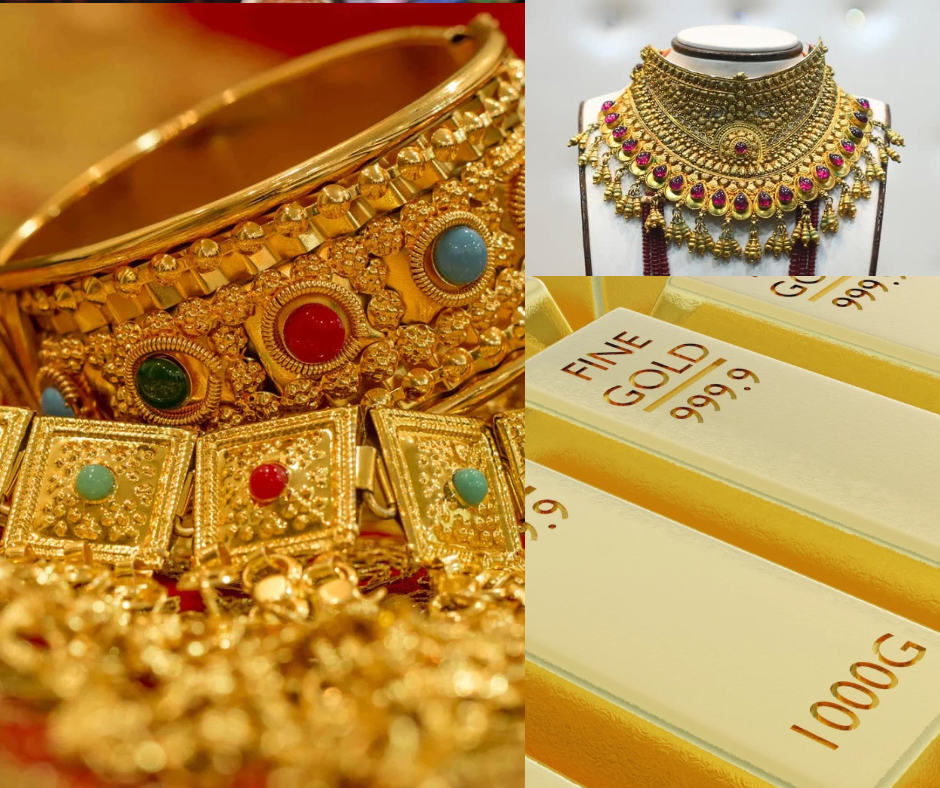Historical gold rate trend in India

Gold has been a valuable and sought-after commodity in India for centuries, and its price has been influenced by various factors throughout history. This article aims to provide an overview of the historical gold rate trend in India and answer some frequently asked questions.
What is the history of gold in India?
Gold has played a significant role in Indian culture and religion for centuries. It has been used as a form of currency, a symbol of wealth and status, and a popular gift for special occasions such as weddings and festivals. The demand for gold in India has been consistently high, making it one of the largest gold-consuming countries in the world.
What is the current gold rate in India?
The current gold rate in India varies depending on factors such as global gold prices, the strength of the Indian rupee, and local demand and supply. As of February 2023, the gold rate in India is approximately Rs. 46,500 per 10 grams for 24 karat gold.
What is the historical gold rate trend in India?
The gold rate in India has fluctuated over time, influenced by various factors such as inflation, government policies, and global economic conditions. Here is a brief overview of the historical gold rate trend in India:
- Pre-Independence: Before India gained independence from British rule in 1947, gold was used as a form of currency and its price was relatively stable. The government maintained a fixed gold rate of Rs. 18.92 per 10 grams until 1962.
- 1960s-1970s: In the 1960s and 1970s, global economic instability and inflation led to a surge in gold prices. The government devalued the rupee in 1966 and 1971, which further increased the demand for gold as a store of value. By the end of the 1970s, the gold rate in India had risen to around Rs. 5,000 per 10 grams.
- 1980s-1990s: The 1980s saw a decline in gold prices due to economic stabilization measures and falling inflation rates. However, by the early 1990s, the gold rate in India had risen again due to economic sanctions imposed by the US and other countries in response to India's nuclear program. By the end of the decade, the gold rate had reached around Rs. 4,500 per 10 grams.
- 2000s-2010s: The early 2000s saw a significant increase in gold prices due to global economic uncertainty and rising demand from emerging markets such as India and China. The gold rate in India reached an all-time high of around Rs. 39,000 per 10 grams in 2011. Since then, gold prices have fluctuated but generally remained high due to factors such as low interest rates and geopolitical tensions.
What factors influence the gold rate in India?
The gold rate in India is influenced by a variety of factors, including:
- Global gold prices: The price of gold is largely determined by global supply and demand factors, such as economic conditions, inflation, and interest rates.
- Indian rupee exchange rate: The strength of the Indian rupee relative to other currencies can affect the price of gold in India.
- Local demand and supply: The demand for gold in India is influenced by factors such as festivals, weddings, and investment trends. The supply of gold in India is affected by factors such as government policies, gold imports, and domestic gold production.
Should I invest in gold in India?
Investing in gold can be a good strategy for diversifying your portfolio and hedging against inflation and economic uncertainty. However, it is important to understand the risks and potential drawbacks of investing in gold, such as its lack of income-generating capabilities and the possibility of price fluctuations. It is also important to consider the investment options available for gold in India, such as physical gold, gold ETFs, and gold mutual funds, and to evaluate their pros and cons.
How can I track the gold rate in India?
There are several ways to track the gold rate in India, including:
- Online resources: Many financial news websites and apps provide up-to-date information on the gold rate in India.
- Jewellery stores: Jewellery stores often display the current gold rate for the day.
- Market experts: Financial advisors and market experts can provide insights and recommendations on investing in gold.
Conclusion
The historical gold rate trend in India reflects the influence of various economic, political, and social factors. The demand for gold in India has remained consistently high, making it one of the largest gold-consuming countries in the world. While investing in gold can be a good strategy for diversification and hedging against inflation and economic uncertainty, it is important to understand the risks and potential drawbacks and to evaluate the available investment options carefully.
Here are some potential drawbacks of investing in gold:
Lack of income-generating capabilities: Unlike stocks or real estate, gold does not generate any income. It does not pay dividends, interest, or rent. Therefore, gold investment may not be suitable for those seeking regular income from their investments.
Possibility of price fluctuations: Gold prices are subject to fluctuations due to global supply and demand factors, such as economic conditions, inflation, and interest rates. The prices of gold can be highly volatile, which means that investors may experience significant losses if they sell their gold holdings during a market downturn.
Limited growth potential: The long-term growth potential of gold may be limited compared to other asset classes, such as stocks or real estate. Over the past few decades, gold has not delivered the same level of returns as stocks or mutual funds.
Storage and security concerns: Investing in physical gold requires storage and security arrangements. This can be expensive and inconvenient, especially for large quantities of gold. Additionally, physical gold is susceptible to theft and damage.
Liquidity concerns: It may be challenging to liquidate gold quickly, especially during market downturns. The process of selling physical gold can be time-consuming and may involve fees and commissions.
It is important to carefully evaluate these potential drawbacks and consider them before investing in gold. Investors should also consult with financial advisors and conduct thorough research to determine the suitability of gold as an investment option based on their financial goals and risk tolerance.





































